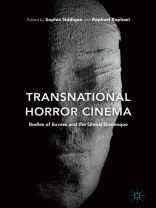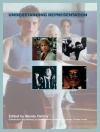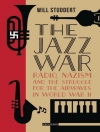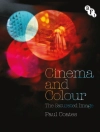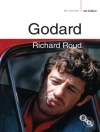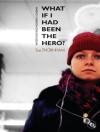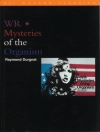This book broadens the frameworks by which horror is generally addressed. Rather than being constrained by psychoanalytical models of repression and castration, the volume embraces M.M. Bakhtin’s theory of the grotesque body. For Bakhtin, the grotesque body is always a political body, one that exceeds the boundaries and borders that seek to contain it, to make it behave and conform. This vital theoretical intervention allows
Transnational Horror Cinema to widen its scope to the social and cultural work of these global bodies of excess and the economy of their grotesque exchanges. With this in mind, the authors consider these bodies’ potentials to explore and perhaps to explode rigid cultural scripts of embodiment, including gender, race, and ability.
Jadual kandungan
1.Introduction.-SECTION I: QUESTIONS OF GENRE.-2. Dracula, Vampires, and Kung Fu Fighters: The Legend of the Seven Golden Vampires and Transnational Horror Coproduction in 1970s Hong Kong. Sangjoon Lee.-3. Introduction to the Continental Horror Film.Kevin Wynter.-4. Butchered in Translation: A Transnational “Grotesuqe”.Mike Dillon.-SECTION II: THE HORRIFIC BODY (DISABILITY AND HORROR).-5. Dead Meat: Horror, Eating Rituals and Disability.Julia Gruson-Wood.-6. Music, Sound, and Noise as Bodily Disorders: Disabling the Filmic Diegesis in Hideo Nakata’s Ringu and Gore Verbinski’s The Ring.Stefan Sunandan Honisch.-7. Battle-Scarred Amazon Warriors in the Movies of Robert Rodriguez and Quentin Tarantino.Moritz Fink.-8. Scary Truths: Morality and the Differently Abled Mind in Lars von Trier’s The Kingdom.Paul Marchbank.-SECTION III: RESPONSES TO TRAUMA.-9. Towards a Southeast Asian Model of Horror: Thai Horror Cinema in Malaysia, Urbanization and Cultural Proximity.Mary Ainslie.-10. Planet Kong: Transnational Flows of King Kong (1933) in Japan and East Asia.Raphael Raphael.-11. Embodying Spectral Vision in The Eye.Sophia Siddique
Mengenai Pengarang
Sophia Siddique is Associate Professor in the Department of Film at Vassar College, USA. Her research interests include Singapore cultural studies; representations of trauma and memory in Cambodian, Indonesian and Thai cinema; and the impact of new media on Southeast Asia’s moving image culture. Sophia teaches film history, contemporary Southeast Asian Cinemas and genres (horror and science fiction).
Raphael Raphael lectures at the Center for Disability Studies at the University of Hawaii at Manoa, where he is also Associate Editor of
The Review of Disability Studies. He is co-editor of
Transnational Stardom: International Celebrity in Film and Culture (2013). His film and media scholarship is also informed by his practice as digital artist.
